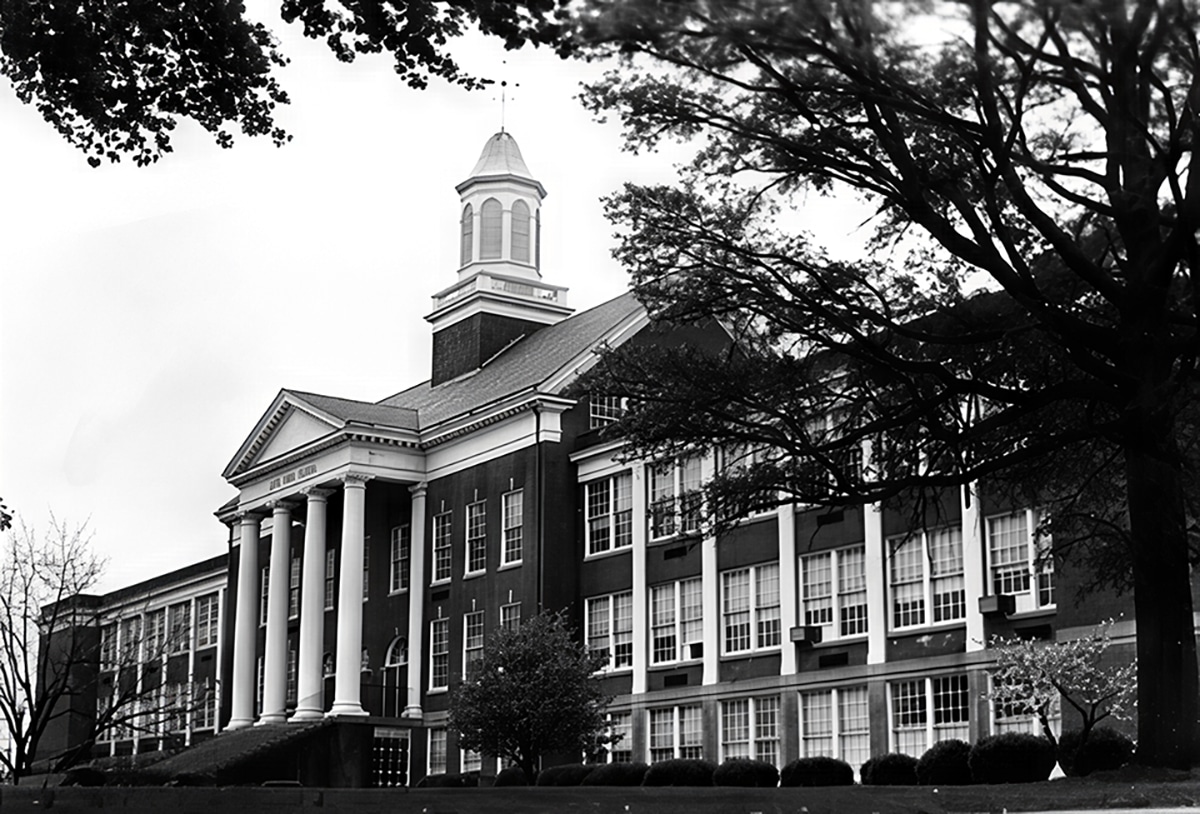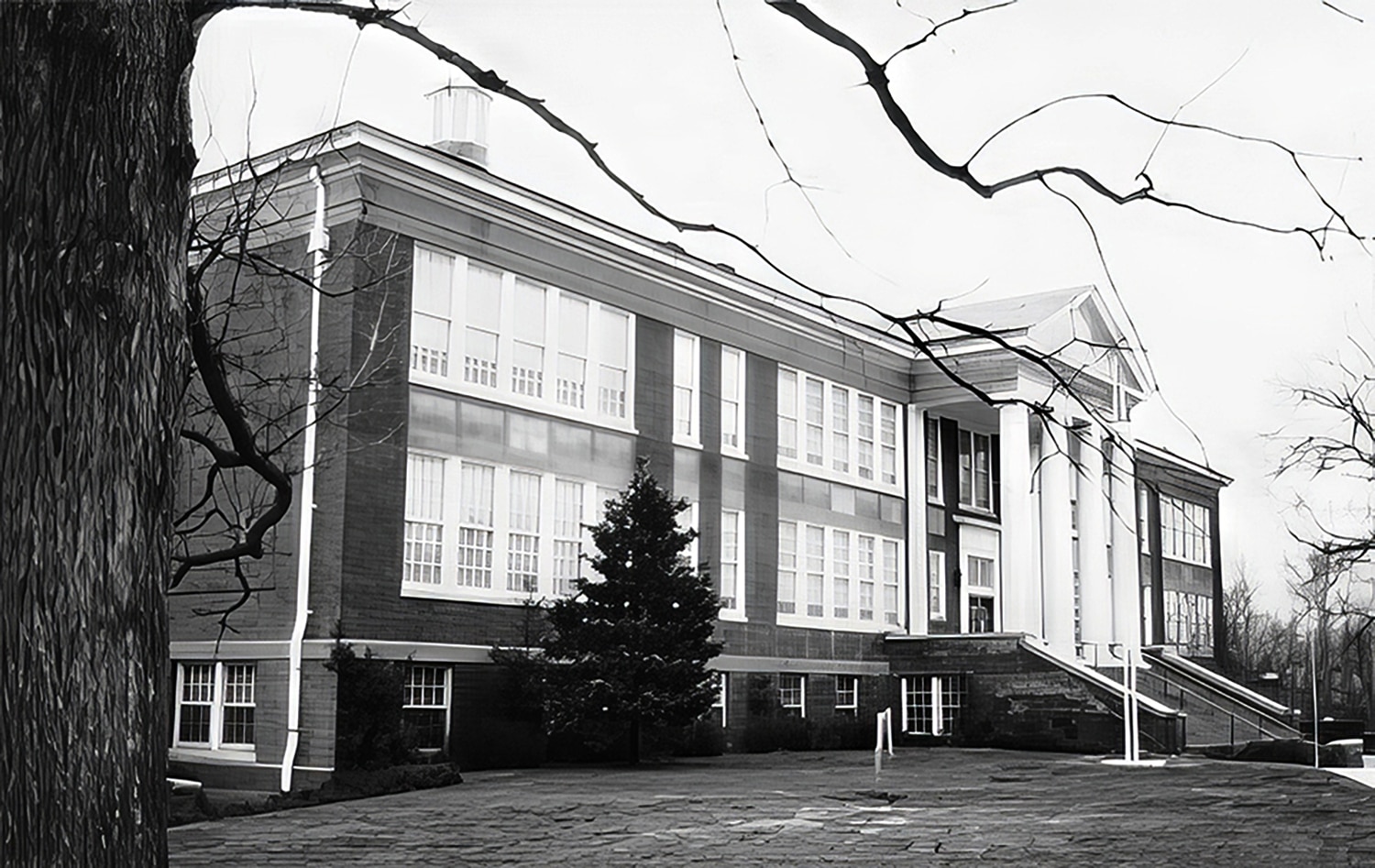RESOURCES
PLACES
In the fall of 1958, Charlottesville, Virginia became a key battleground in the state’s campaign of Massive Resistance against school desegregation. Following the U.S. Supreme Court’s Brown v. Board of Education ruling, a federal court ordered the integration of Lane High School and Venable Elementary School. Rather than comply, Virginia Governor J. Lindsay Almond invoked recently passed state laws allowing him to close any public school under desegregation orders. On September 19, 1958, Charlottesville’s Lane and Venable schools were officially closed—denying education to over 1,700 students.
The closures were part of a coordinated statewide effort backed by the Byrd Organization, Virginia’s dominant political machine, to resist integration at all costs. In Charlottesville, white parents quickly organized makeshift “private” schools for their children in churches, homes, and community centers. Black students, however, were left with even fewer resources and often had no access to formal education. These actions exposed the deep inequalities inherent in the resistance and increasingly drew national criticism. The local community found itself divided—some supported defiance, while others called for compliance with federal law to restore access to public education.
By early 1959, the tide began to turn. A series of rulings from both federal courts and Virginia’s own supreme court declared the school closing laws unconstitutional. On February 4, 1959, Lane High School and Venable Elementary reopened under federal court order, this time with limited integration. Three Black students entered Lane High, marking the beginning of desegregation in Charlottesville. Though symbolic, the integration was met with harassment and ongoing resistance, showing that legal rulings were just one part of a much longer and harder struggle for civil rights in Virginia’s public schools.

